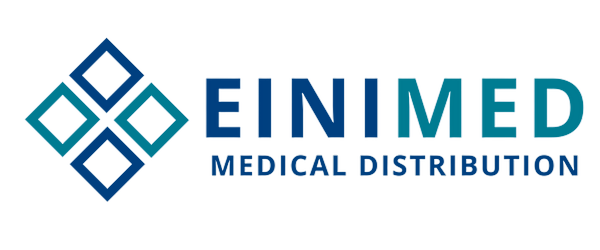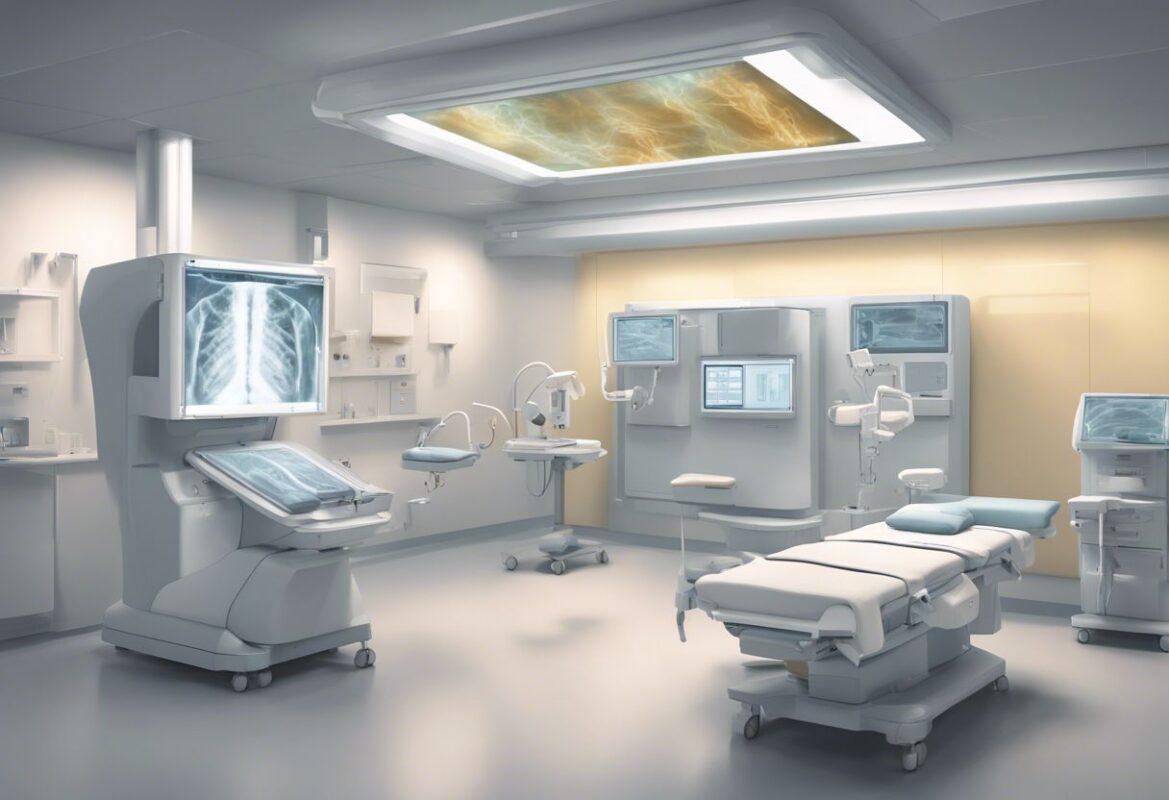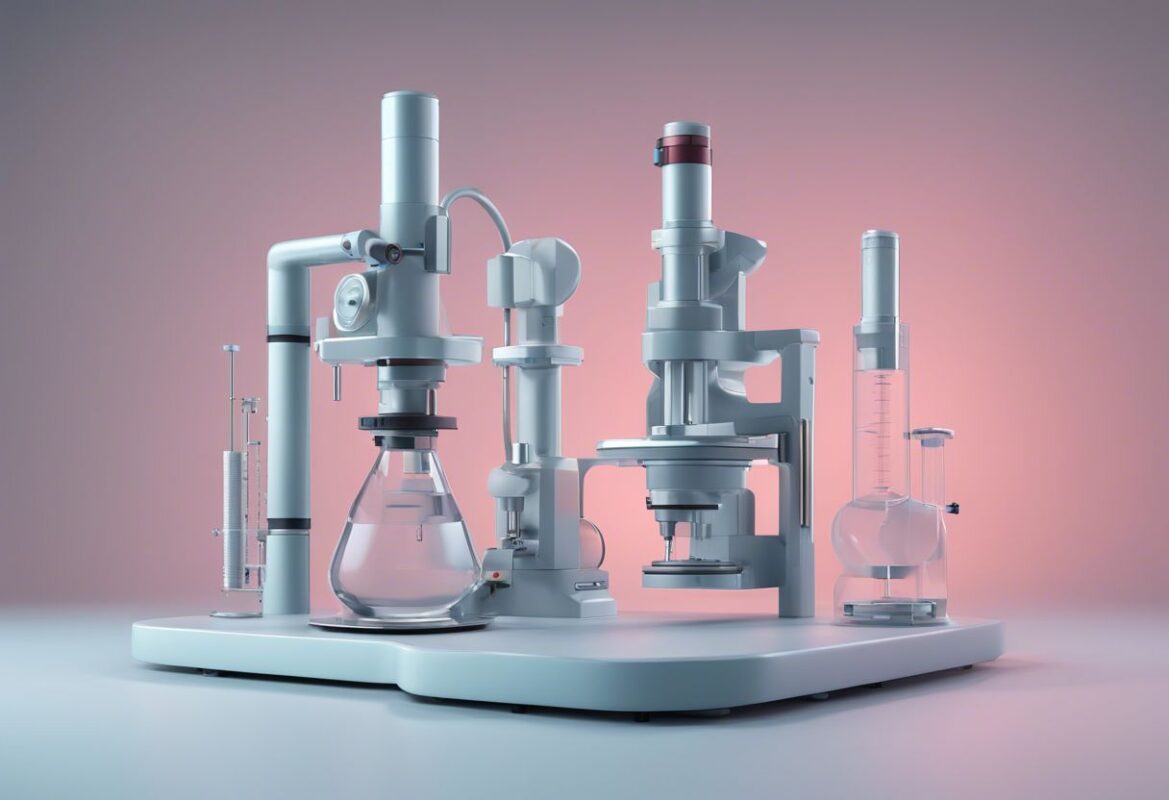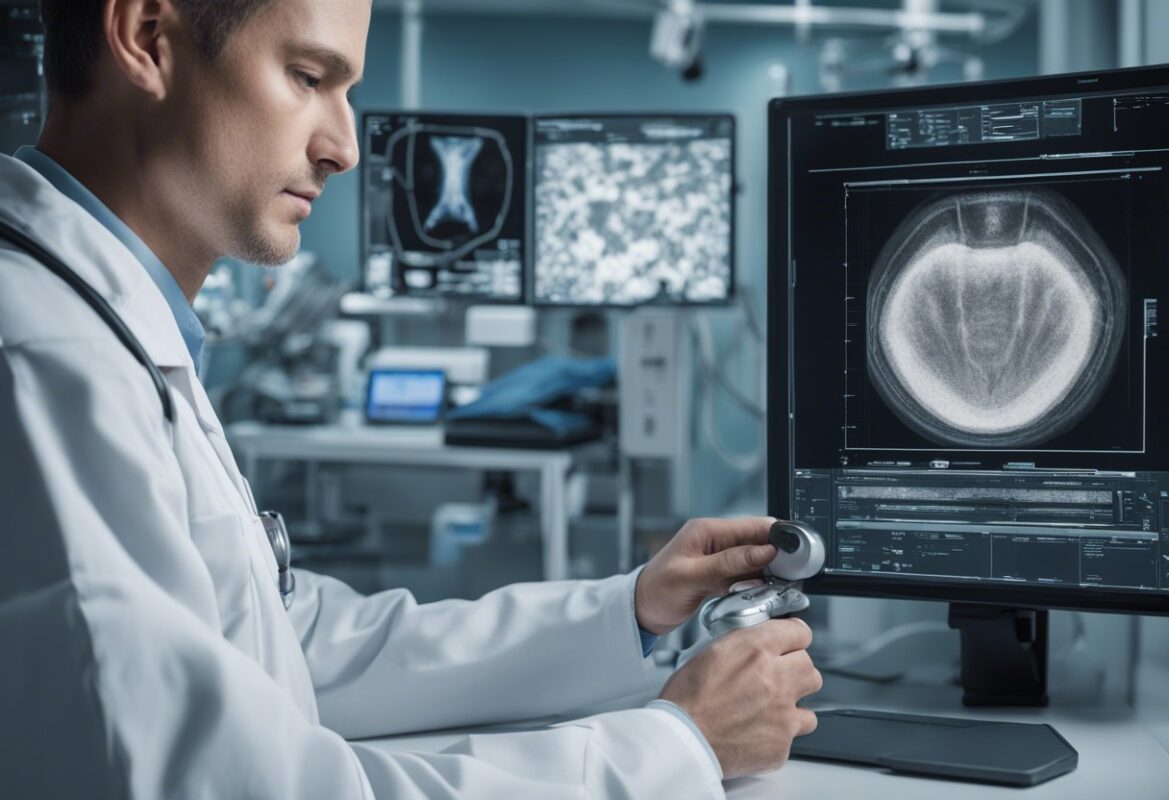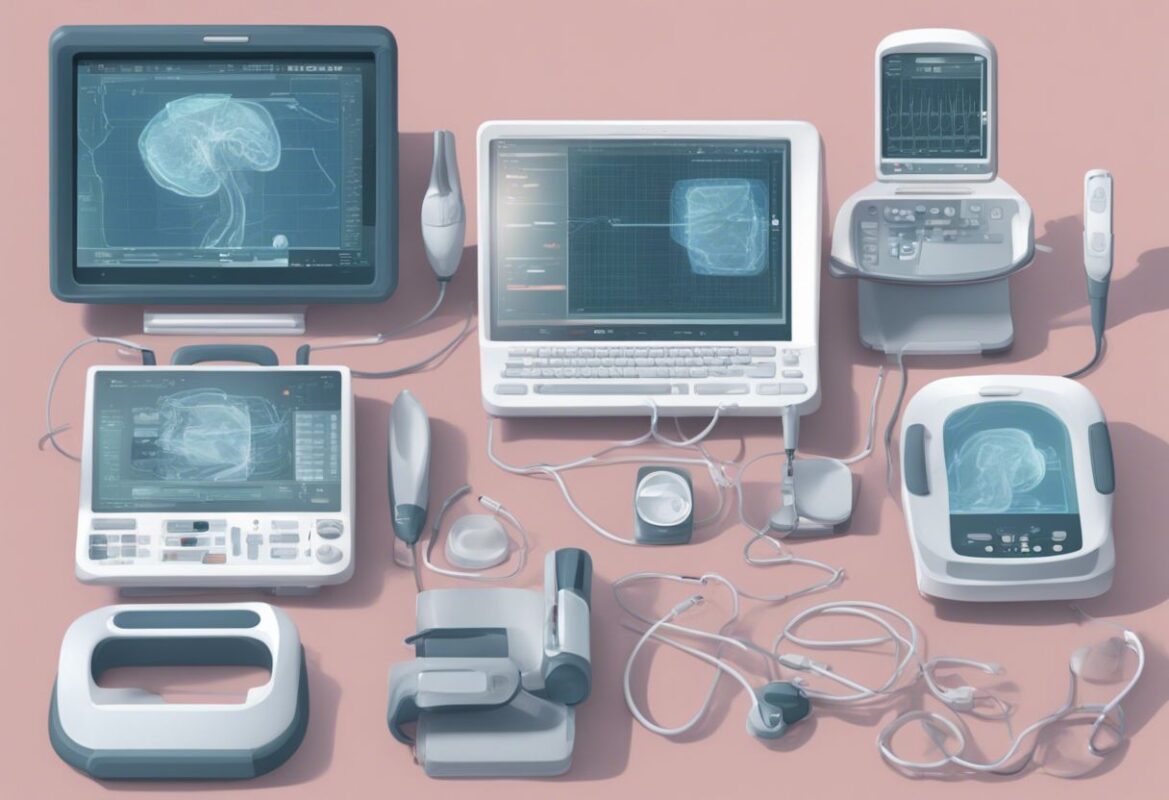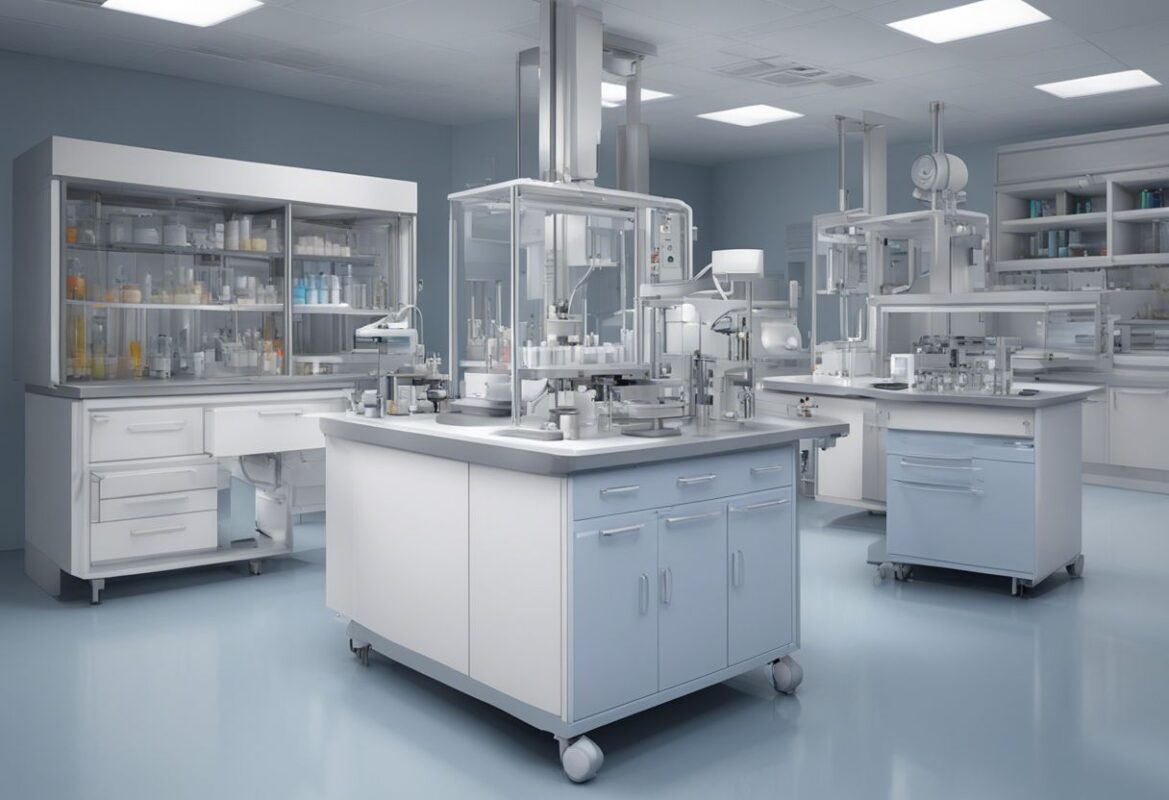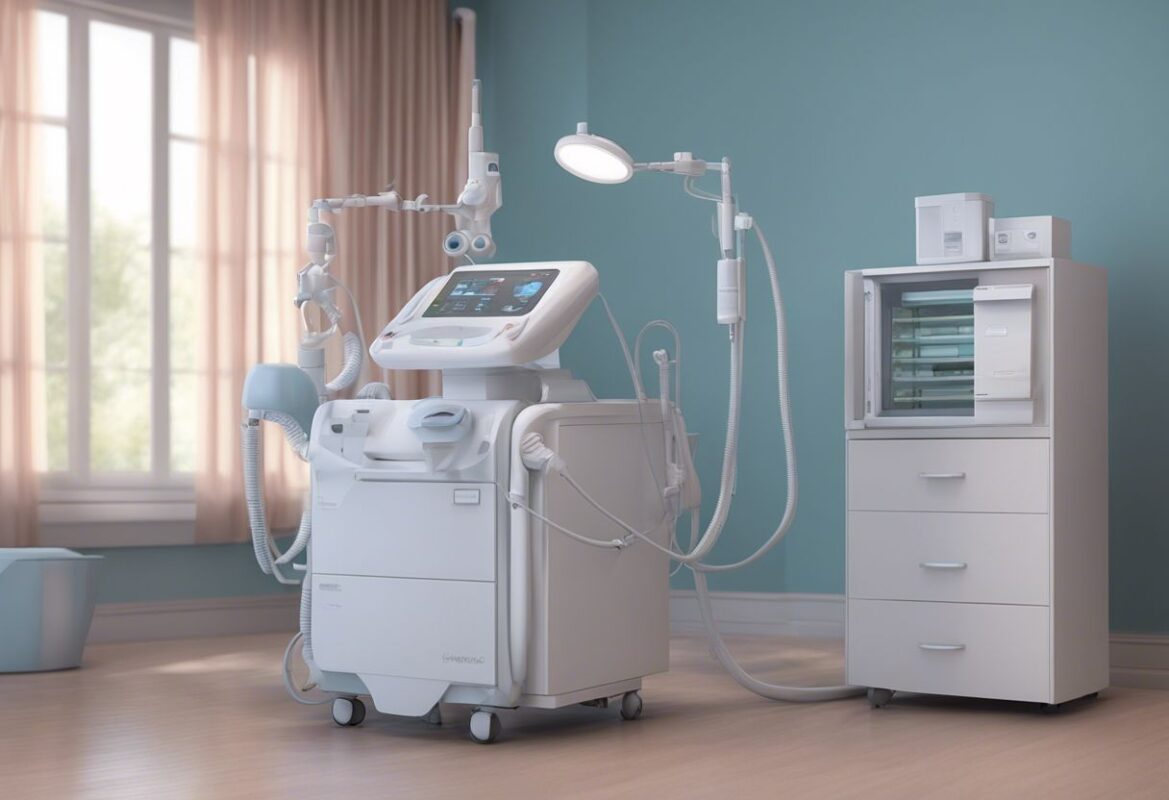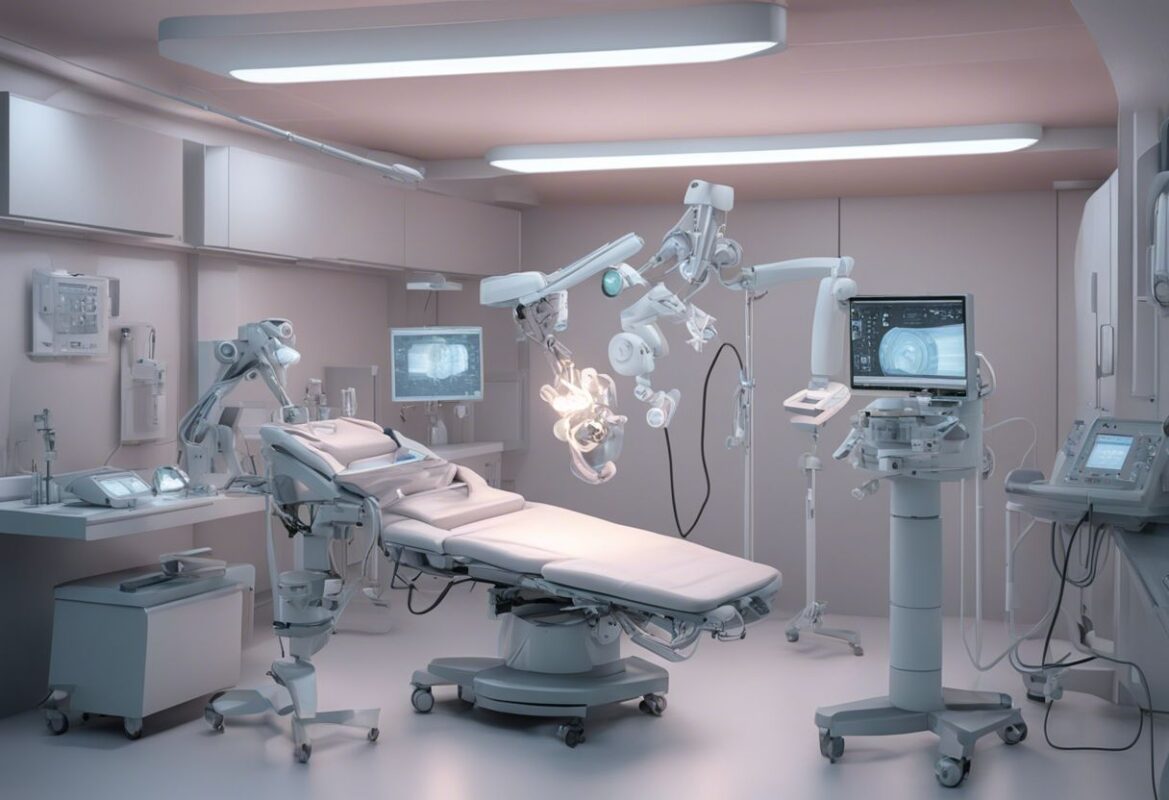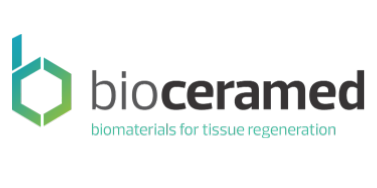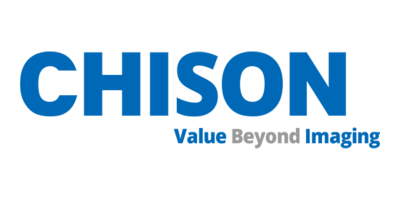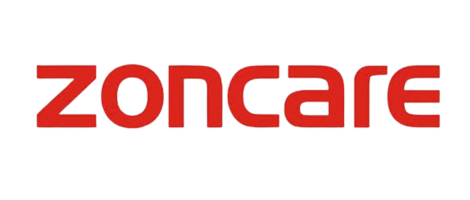3D printing, also known as additive manufacturing, is revolutionizing the medical field by providing innovative solutions for creating custom medical devices, prosthetics, implants, and even tissues and organs. This technology offers unparalleled precision, customization, and efficiency, transforming the way healthcare professionals approach treatment and patient care. This comprehensive post explores the advancements in 3D printing in medicine, its applications, benefits, and future trends shaping the healthcare landscape.
Understanding 3D Printing in Medicine
3D printing involves creating three-dimensional objects layer by layer using digital models. In medicine, this technology enables the production of highly customized and complex medical devices and structures that are tailored to the specific needs of patients.
Key Characteristics of 3D Printing in Medicine
- Customization: Ability to create patient-specific models and devices.
- Precision: High accuracy in replicating complex anatomical structures.
- Efficiency: Reduced production time and cost compared to traditional manufacturing methods.
- Innovation: Capability to produce complex and innovative designs not possible with conventional techniques.
Applications of 3D Printing in Medicine
1. Custom Implants and Prosthetics
Overview
3D printing allows for the creation of custom implants and prosthetics that perfectly fit the patient’s anatomy, improving comfort, functionality, and aesthetics.
Applications
- Orthopedic Implants: Custom hip, knee, and spinal implants tailored to the patient’s specific anatomy.
- Dental Prosthetics: Personalized dental implants, crowns, bridges, and dentures.
- Cranial Implants: Custom skull plates and facial reconstruction implants.
Benefits
- Enhanced Fit and Functionality: Customization ensures a better fit, leading to improved patient outcomes.
- Reduced Surgery Time: Precise implants can reduce the duration of surgeries and improve recovery times.
- Patient Comfort: Tailored devices enhance comfort and usability for patients.
2. Surgical Guides and Models
Overview
3D-printed surgical guides and anatomical models provide surgeons with precise tools and visual aids to plan and execute complex procedures.
Applications
- Pre-Surgical Planning: Custom models of patient anatomy for detailed surgical planning.
- Surgical Guides: Guides for precise cutting, drilling, and implant placement during surgery.
- Education and Training: Anatomical models for medical education and surgical training.
Benefits
- Improved Precision: Enhanced accuracy in surgical procedures, reducing the risk of errors.
- Enhanced Visualization: Better understanding of patient-specific anatomy for complex surgeries.
- Educational Value: Hands-on training tools for medical students and professionals.
3. Bioprinting of Tissues and Organs
Overview
Bioprinting involves the use of 3D printing technology to create tissues and organs using bioinks composed of living cells.
Applications
- Tissue Engineering: Production of skin, bone, and cartilage tissues for grafts and implants.
- Organ Printing: Research into printing functional organs like kidneys, liver, and heart for transplantation.
- Drug Testing: Creation of tissue models for drug testing and disease research.
Benefits
- Reduced Organ Shortage: Potential to address the shortage of donor organs for transplantation.
- Personalized Medicine: Custom tissues and organs tailored to the patient’s specific needs.
- Advanced Research: Improved models for studying diseases and testing new drugs.
4. Customized Medical Devices
Overview
3D printing allows for the rapid production of customized medical devices, including surgical instruments, orthotics, and wearable health monitors.
Applications
- Surgical Instruments: Custom tools designed for specific surgical procedures.
- Orthotics: Tailored braces and supports for improved patient comfort and effectiveness.
- Wearable Devices: Custom-fit health monitors and sensors for continuous health tracking.
Benefits
- Rapid Prototyping: Quick design and production of custom medical devices.
- Cost-Effective: Lower production costs compared to traditional manufacturing.
- Enhanced Patient Care: Devices tailored to individual patient needs.
Benefits of 3D Printing in Medicine
Personalization and Customization
3D printing enables the production of highly personalized medical devices and implants that perfectly fit the patient’s anatomy, leading to improved outcomes and patient satisfaction.
Precision and Accuracy
The precision of 3D printing technology ensures that complex anatomical structures and medical devices are replicated with high accuracy, reducing the risk of errors and improving the effectiveness of treatments.
Efficiency and Cost Savings
3D printing reduces the time and cost associated with the production of custom medical devices and implants. Rapid prototyping accelerates the development process, allowing for quicker iterations and innovations.
Enhanced Surgical Outcomes
Custom surgical guides and anatomical models improve the accuracy of surgical procedures, leading to better outcomes and faster recovery times for patients.
Innovation and Advancements
3D printing drives innovation in medicine by enabling the creation of complex and novel designs that are not possible with traditional manufacturing methods. This technology opens new possibilities for research, treatment, and patient care.
Future Trends in 3D Printing in Medicine
Advanced Bioprinting
- Innovation: Continued advancements in bioprinting technology for creating functional tissues and organs.
- Impact: Potential to address the organ shortage crisis and revolutionize transplantation.
Integration with Artificial Intelligence (AI)
- Innovation: AI algorithms to optimize 3D printing processes and design personalized medical devices.
- Impact: Improved precision, customization, and efficiency in the production of medical devices.
Regulatory Advances
- Innovation: Development of standardized regulations and guidelines for the use of 3D printing in medicine.
- Impact: Ensuring the safety, efficacy, and quality of 3D-printed medical products.
Expansion of Materials
- Innovation: Development of new bioinks and materials for 3D printing, including biodegradable and biocompatible options.
- Impact: Enhanced functionality and integration of 3D-printed medical devices and tissues.
Increased Accessibility
- Innovation: Making 3D printing technology more accessible to healthcare providers and researchers.
- Impact: Widespread adoption of 3D printing in medical practice, leading to improved patient care and innovation.
Conclusion
3D printing in medicine is revolutionizing healthcare by providing innovative solutions for creating custom medical devices, implants, and tissues. This technology offers unparalleled precision, customization, and efficiency, transforming the way healthcare professionals approach treatment and patient care. As advancements continue to drive the field forward, the future of 3D printing in medicine promises even greater innovations, including advanced bioprinting, AI integration, and expanded materials. By embracing these advancements, healthcare providers can deliver superior care, ensuring better outcomes and improved quality of life for patients worldwide.
